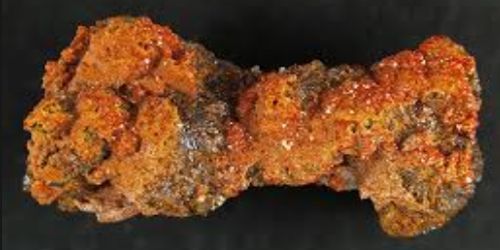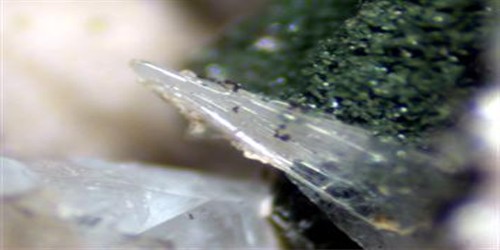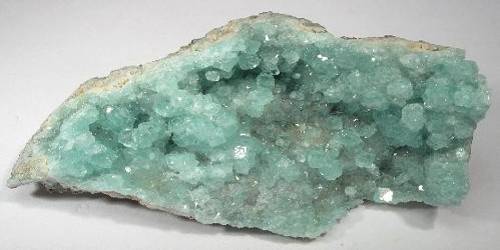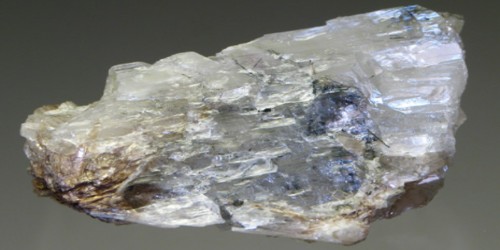Iranite (Persian: ایرانیت) is a triclinic lead copper chromate silicate mineral with formula Pb10Cu(CrO4)6 (SiO4)2 (F, OH)2. It was first described from an occurrence in Iran. It is the copper analogue of hemihedrite [Pb10Zn(CrO4)6(SiO4)2(F, OH)2]. It was named after the type locality at Sebarz mine in the Esfahan province of Iran.
Iranite is a rare mineral that occurs only in localities in two other countries: Chile, and the United States. Iranite is found in oxidized lead-bearing hydrothermal deposits.
General Information
- Category: Silicate mineral
- Formula: [Pb10Zn(CrO4)6(SiO4)2(F,OH)2]
- Crystal system: Triclinic
- Space group: Triclinic pedial

Fig: Iranite
Properties
- Color: Brown to orange
- Crystal habit: Equant to flattened euhedral crystals
- Mohs scale hardness: 3
- Luster: Vitreous
- Streak: Yellow
- Specific gravity: 5.8
- Optical properties: Biaxial
Occurrence: In the oxidized portions of lead-bearing hydrothermal veins. It occurs as an oxidation product of hydrothermal lead-bearing veins. Associated minerals include dioptase, fornacite, wulfenite, mimetite, cerussite and diaboleite. It was first described in 1970 for an occurrence in the Sebarz Mine, northeast of Anarak, Iran.
Association: Dioptase, fornacite, wulfenite, mimetite, cerussite, diaboleite.
Information Source:
















